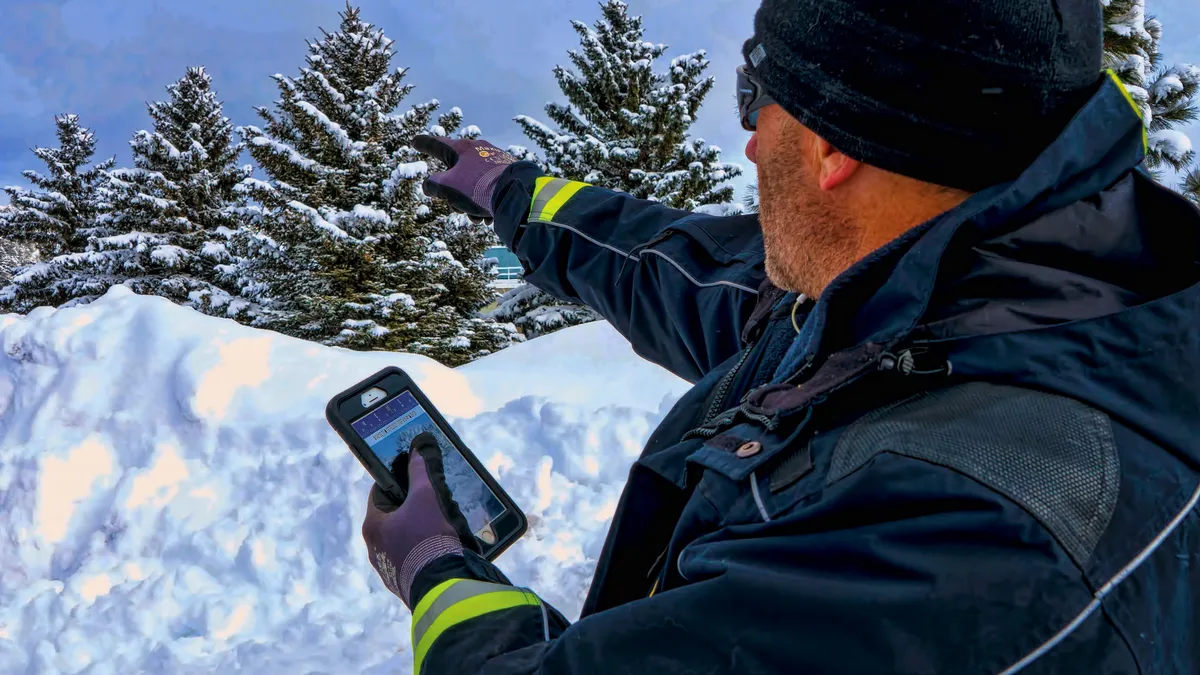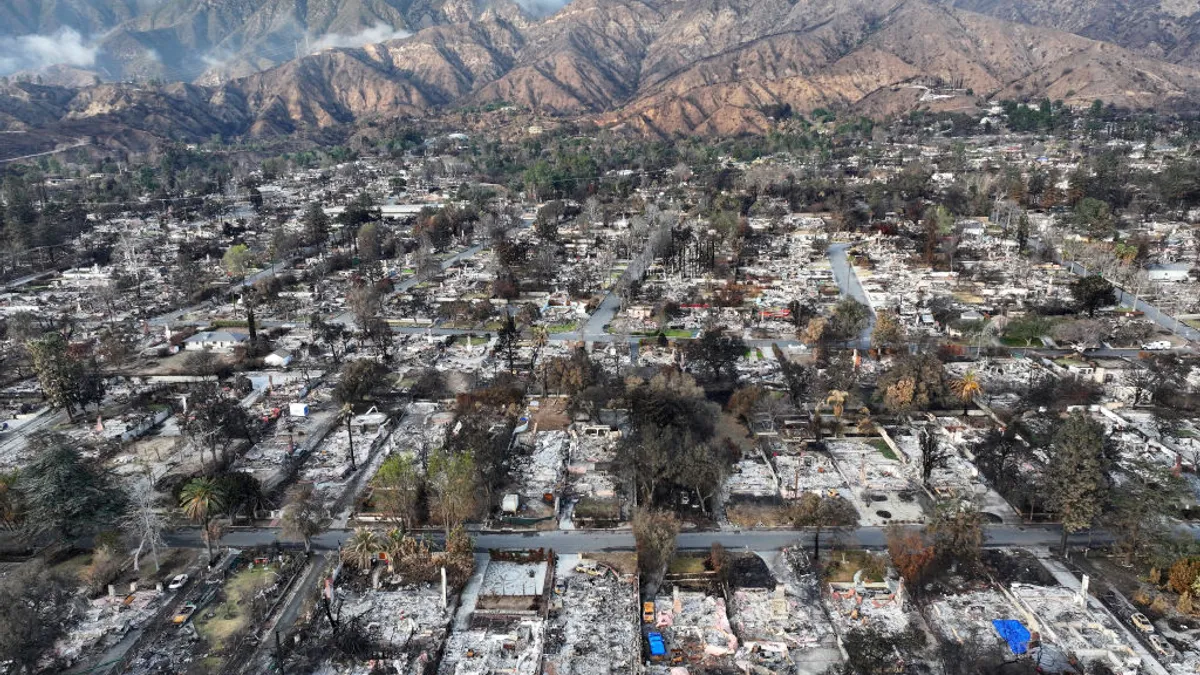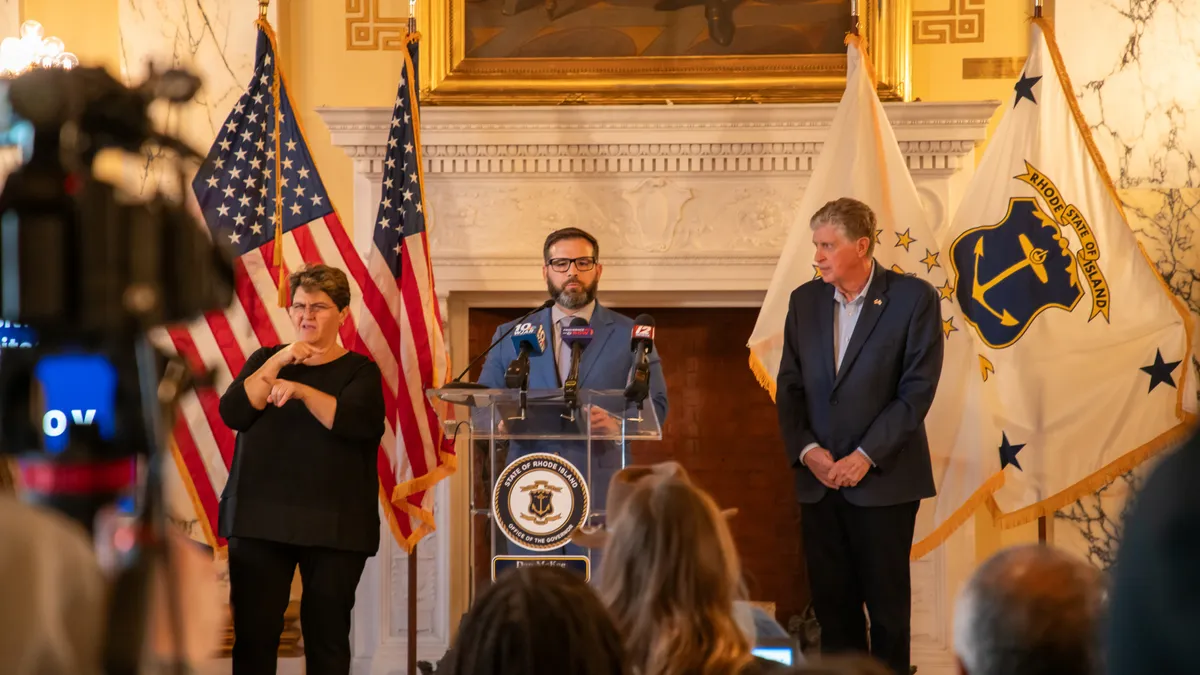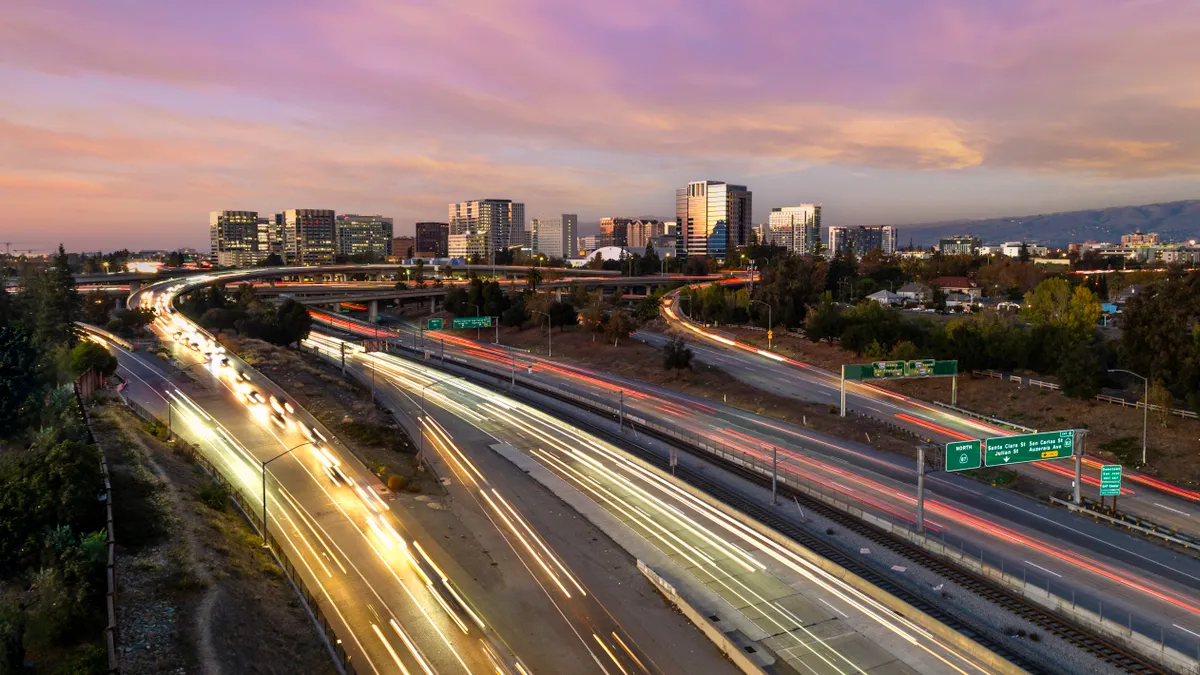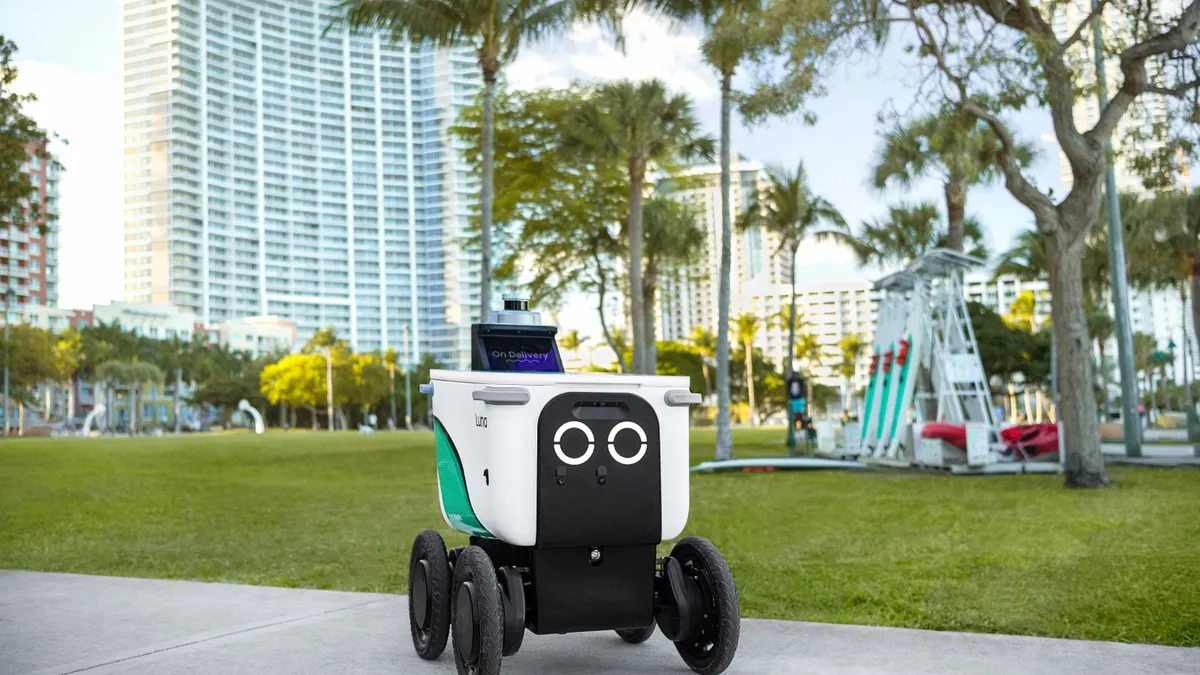Highlights
Month launched:
March 2018
Members:
More than 3,600 public safety agencies nationwide
Outlook:
The authority expects to sign up more agencies and name a permanent CEO.
Hurricane Florence. The California wildfires. A deadly shooting at a Texas church.
The public emergencies of 2018 also served as a proving ground for FirstNet, the long-awaited wireless network offering dedicated broadband to first responders. The service was dreamed up after the 9/11 terrorist attacks, but only launched in March after years of budget troubles, debates with Congress and a search for private partners.
But in those months, the partnership between the U.S. Department of Commerce’s National Telecommunications and Information Administration (NTIA) and AT&T has proven its potential for boosting the capabilities of first responders across the country, giving them dedicated service and new technology applications that boosters say will bring public safety into the smart cities age.
“This can help save lives, and help our responders do their missions better,” Jeff Bratcher, FirstNet Authority Chief Technology and Operations Officer, told Smart Cities Dive. “What we’re excited about is driving into the network of the future, meeting public safety needs as we move forward into 5G and 6G.”
As cellular technology moves rapidly forward, emergency response has sometimes stayed stubbornly behind. During the 9/11 terrorist attacks, fire departments and police were on different systems, meaning they could not communicate vital information. In other emergencies, congested cellular networks meant that responders were dealing with dropped calls or low connectivity.
The Federal Communications Commission (FCC) set aside a dedicated band of spectrum for first responders. A contract with AT&T signed in March 2017 gave FirstNet the commercial dollars and private partner necessary to get off the ground without federal help (the company’s 2018 budget was entirely self-sufficient). In return for assisting with the network’s expansion, AT&T can use the dedicated spectrum for commercial purposes, although emergency responders take priority.
That means for disasters like Hurricane Florence, emergency responders weren’t scrambling to keep connectivity. In a video produced by FirstNet, Hal Lowder, director of the emergency operations center for Whiteville, NC, said that all of the county’s land-based mobile systems went down during the storm. “When everything was down, FirstNet was working,” Lowder said, adding that the connection allowed responders to get constant weather updates.
Even after securing the AT&T contract, the rollout wasn’t smooth. Some states — including New Hampshire and Colorado — publicly weighed opting out of the network and going with another provider. Verizon also started working on a competing network for first responders.
Just six months after launching, FirstNet CEO Mike Poth announced he would resign to take a position in the private sector, and board members Sue Swenson and Jeff Johnson, who had been original board members since 2012, also departed. The Board and Department of Commerce in October named Edward Parkinson — one of the FirstNet Authority’s first employees and a former U.S. House staffer who helped create the program — as interim CEO, but as of the time of writing has not yet named a permanent replacement.
But the hiccups haven’t halted FirstNet’s growth. In the end, all 50 states and six territories signed onto the network. By the end of October, the service had subscriptions from more than 3,600 public safety agencies as subscribers, 150% more than had signed up in July, showing the network's rapid growth.
And now the eye is on the future of the network. Bratcher and his team at FirstNet’s Boulder, CO-based lab, are work on new apps that responders can use, everything from push to talk buttons to enhanced location services that can help responders pinpoint a location within a building. The team is also looking at building internet of things (IoT) capabilities into the network, giving police and firefighters the potential to connect to more tools like sensors or biometric devices.
A network of developers — including some from the public safety community — can create their own apps and submit them for certification from FirstNet. Eventually phones or tablets could be distributed with built-in apps designed specially for the public safety community.
“We’re not here to tell first responders how to do their job, our role is to bring them tools that they’ve been asking for that can make their jobs easier,” Bratcher said. “The real eye-opener has been the advanced capabilities that broadband brings, not just the voice communication.”
Read More
-
FirstNet debuts dedicated first responder network core
By Kristin Musulin • March 29, 2018 -
Officials talk up rollout of 'game-changer' FirstNet
By Chris Teale • March 14, 2018 -
FirstNet celebrates more than 1,000 public safety agency subscriptions
By Chris Teale • June 27, 2018


